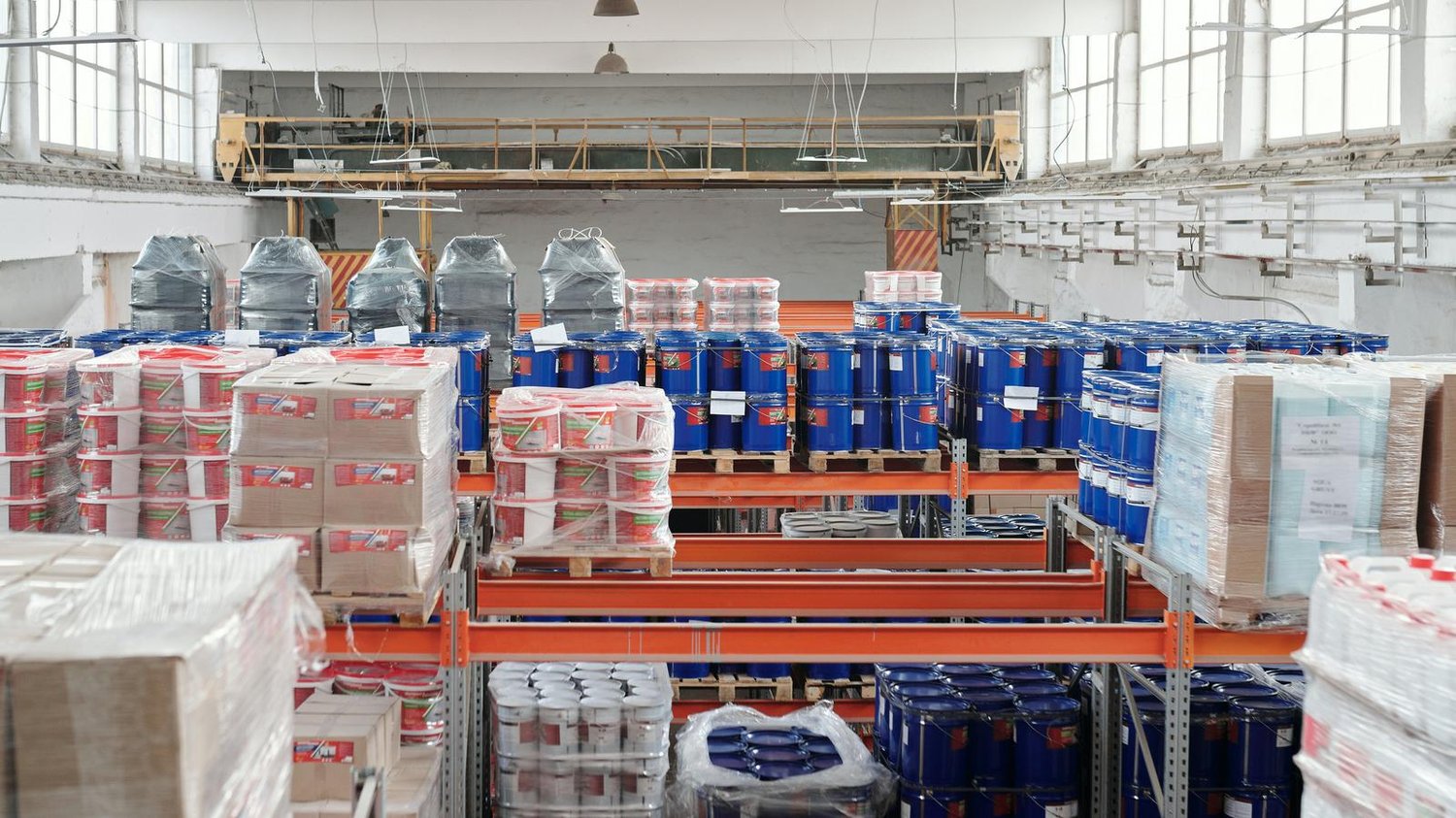The Ultimate Guide to Water Cooled Chillers
Water cooled chillers are essential for many industries that require temperature control, such as food processing, pharmaceuticals, and HVAC systems. In this comprehensive guide, we will explore everything you need to know about water cooled chillers, including their benefits, working principle, and maintenance. So, let's dive in!
What are Water Cooled Chillers?
Water cooled chillers are cooling systems that use water as a medium to absorb heat from a process. These chillers consist of a compressor, a condenser, an expansion valve, and an evaporator. The compressor compresses the refrigerant gas, raising its temperature. The hot refrigerant gas then flows through the condenser, where it releases heat to the water. The cooled water is then circulated back to the process, and the refrigerant goes through the expansion valve and the evaporator, where it absorbs more heat, completing the cooling cycle.
The Benefits of Water Cooled Chillers
Water cooled chillers offer several advantages over air cooled chillers. Firstly, they provide more efficient cooling, as water has a higher heat transfer coefficient compared to air. This means that water cooled chillers can achieve lower process temperatures and higher cooling capacities. Additionally, water cooled chillers have a smaller footprint and produce less noise, making them suitable for indoor installations.
Working Principle of Water Cooled Chillers
The working principle of water cooled chillers is based on the vapor compression refrigeration cycle. This cycle involves the transformation of a refrigerant from a gas to a liquid and then back to a gas. The compressor plays a crucial role in this cycle, as it increases the pressure and temperature of the refrigerant gas. The hot refrigerant gas flows through the condenser, where it releases heat to the water. The water absorbs the heat and becomes hot. The hot water is then pumped to a cooling tower or another heat exchanger, where it releases heat to the environment. The cooled water is then circulated back to the process, and the refrigerant goes through the expansion valve and the evaporator, where it absorbs heat from the process, completing the cooling cycle.
Maintenance of Water Cooled Chillers
To ensure the optimal performance and longevity of water cooled chillers, regular maintenance is necessary. This includes cleaning the condenser and evaporator coils, inspecting and lubricating the compressor, checking refrigerant levels, and monitoring the water quality. It is also important to replace worn-out parts and seals to prevent leaks and ensure efficient operation.
In Conclusion
Water cooled chillers are indispensable in industries that require precise temperature control. Their efficient cooling, smaller footprint, and quieter operation make them a preferred choice for many applications. By understanding the working principle and proper maintenance, you can ensure the reliable performance of your water cooled chiller. So, invest in a high-quality water cooled chiller and experience the benefits for yourself!
We welcome any questions or feedback you may have, so don't hesitate to get in touch with our knowledgeable team
